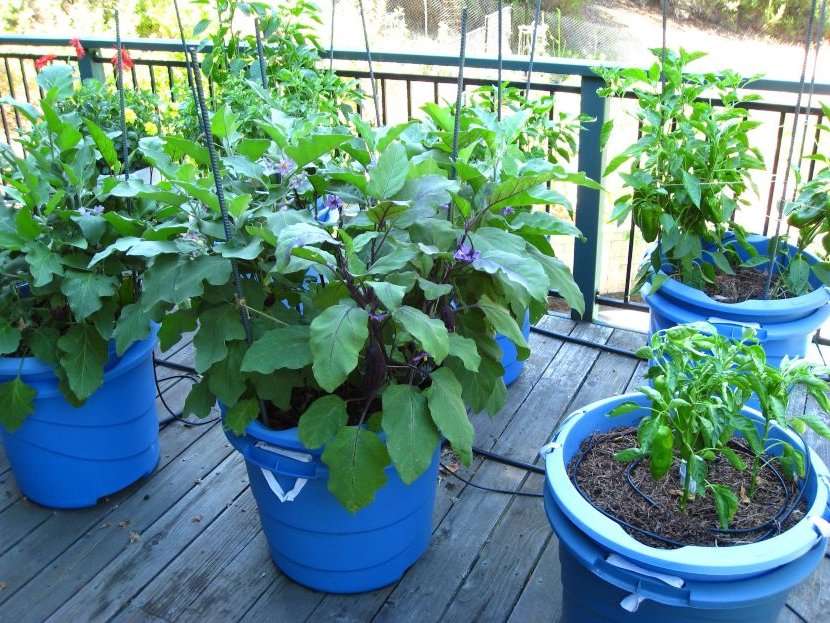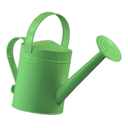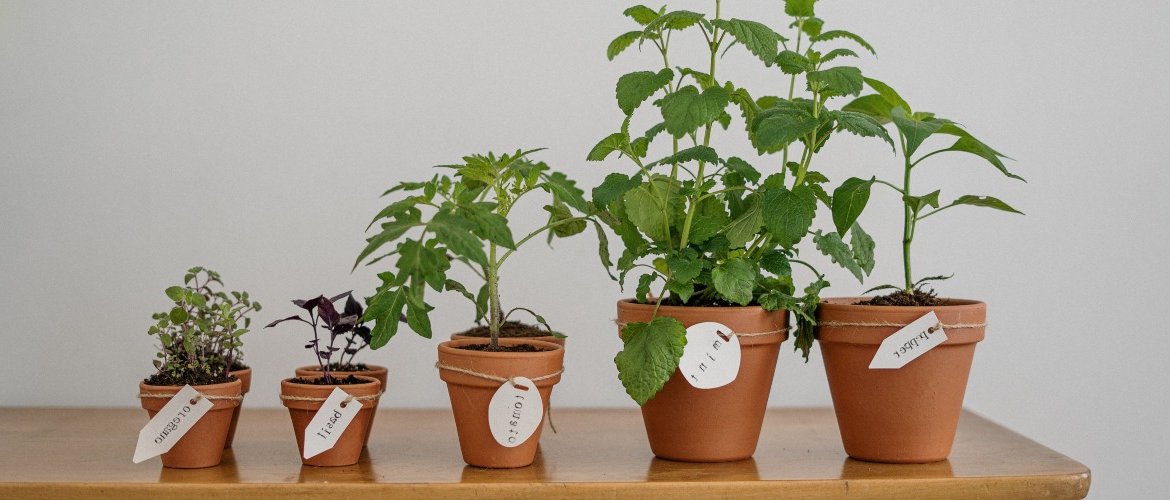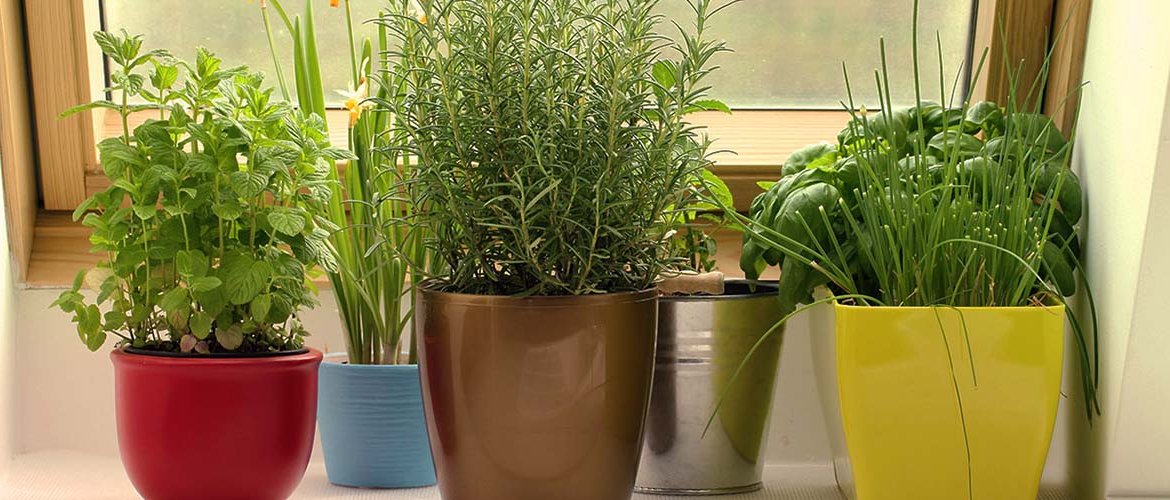Learn how to create a vegetable garden with pots easily
It doesn't matter if your gardening spirit has just awakened or if it's a hobby that has been on your mind for a long time. Putting the idea of growing your own vegetables into practice has an easy solution. Creating a vegetable garden with pots is a perfect alternative to realize this hobby that has a multitude of benefits.
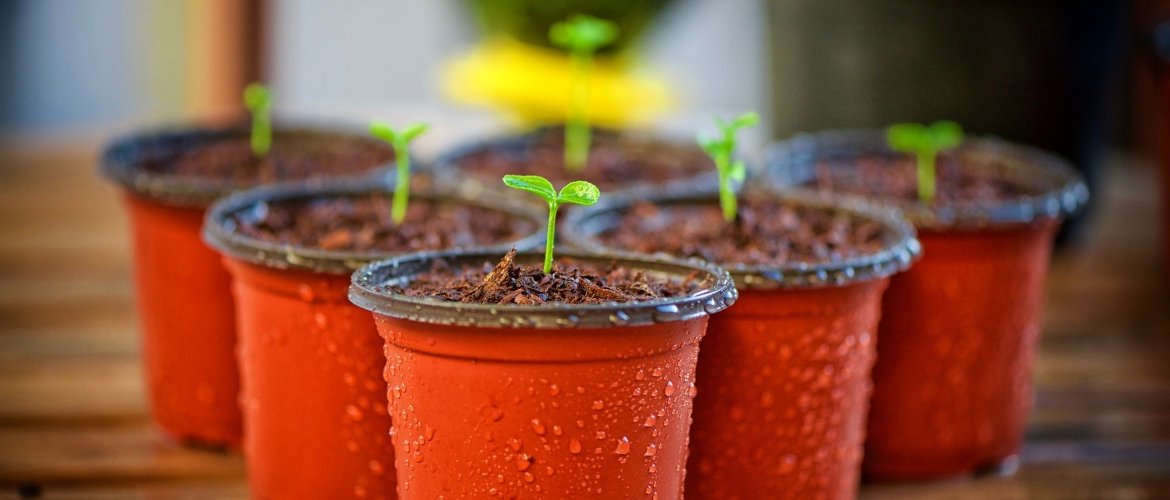
On the terrace, patio or indoors. Creating a vegetable garden with pots is possible, but you need to have clear concepts such as irrigation, substrates or the type of plants to develop it with guarantees.
Growing your own tomatoes, eggplants or zucchini will encourage you to eat healthier. And not just because you have vegetables on hand. But also because, since you will be in charge of their care, you will be clear about what you are eating.
In addition, incorporating the maintenance of your garden as part of your daily life is almost therapeutic. Not surprisingly, the benefits of being in contact with nature are undeniable. Not to mention the satisfaction of seeing the results of your efforts, a reward in the form of food that will awaken your senses.
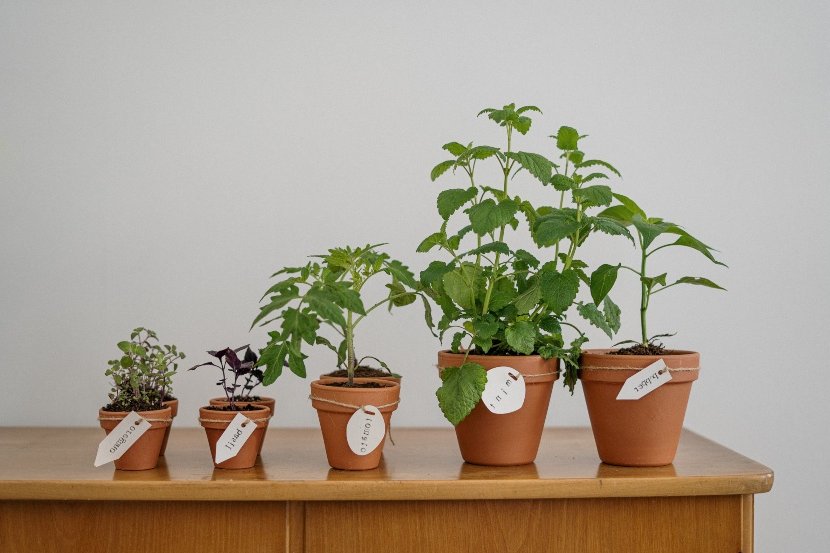
To have a more sustainable home, the first step is to find the perfect location for your garden. When choosing it, you should not only take into account your preferences, the space or the type of plantation you are thinking about. It is also essential to study the orientation to know the hours and incidence of sunlight, as well as the temperature or wind.
Even if you choose to place your plantations indoors, you must keep in mind that the light will lose quality as it filters through the glass and, consequently, you will have to compensate with more hours of sunlight.
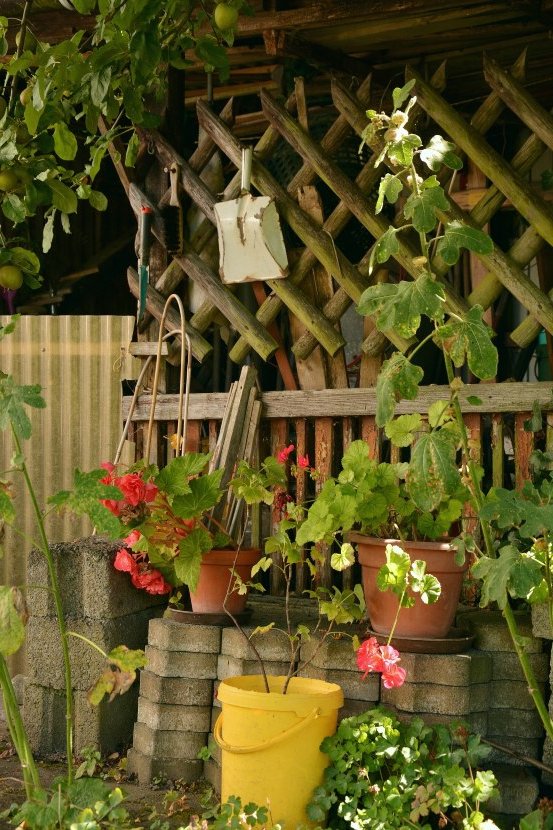
The next step to create a vegetable garden with pots is, precisely, to choose the containers. The space available will be decisive at this point, although the needs of your plants will also be important. It is not the same to plant aromatic herbs as to put some tomato plants, nor is it the same to grow eggplants as to grow strawberries.
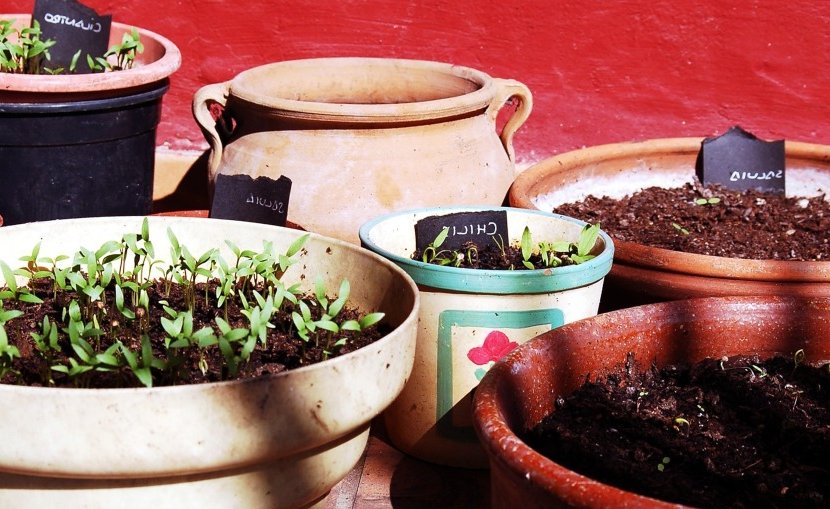
Choosing the most suitable location according to light or temperature is, together with the choice of plants, one of the most important decisions when creating a container garden at home.
Each plant requires a certain amount of space. While basil, parsley or strawberries can grow without problems in pots of between 2.5 and 3.5 liters, for more robust crops such as peppers, tomatoes or beans you will need, at least, a capacity of 16 liters. What is essential, in any case, is that the pots in question have an appropriate drainage system that allows excess water to be expelled.
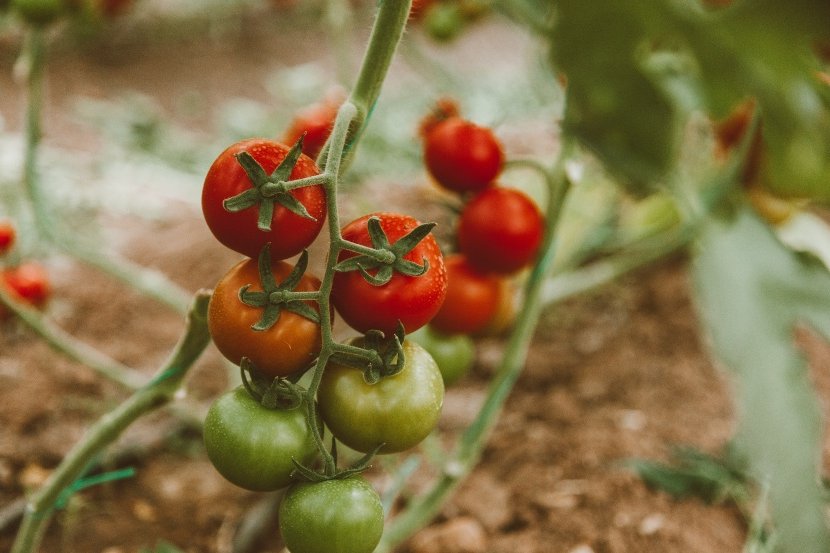
Hanging on the wall as a vertical garden, distributed along the terrace, on a support as a ladder .... Once you have analyzed the possibilities offered by the space, it will be time to start thinking about what you want to grow.

There are an infinite number of alternatives, although some species are better adapted than others to growing in pots. Tomatoes, peppers, eggplants or zucchini are some of the most popular. Although you can also incorporate in your urban garden other varieties of fruits, vegetables such as lettuce, spinach, radishes, beets, strawberries or aromatic plants.
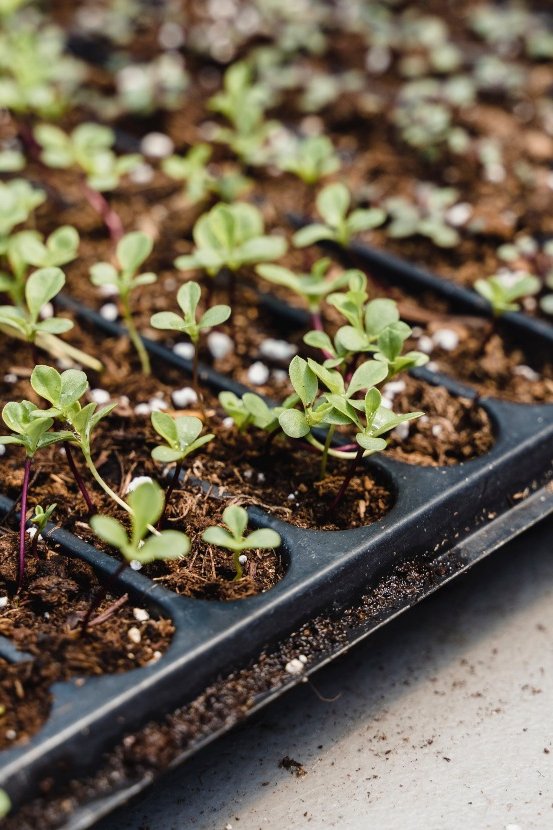
Contrary to what it may seem, it is not necessary to invest a fortune in tools to create a vegetable garden with pots. In addition to the containers themselves and the vegetables (either as seeds or as plants), you will need substrate and little else.
Gloves, a small shovel, a watering can and a vaporizer can be very useful but are not essential. In fact, you can use recycled materials to make your own tools if you want to reduce the initial investment as much as possible.
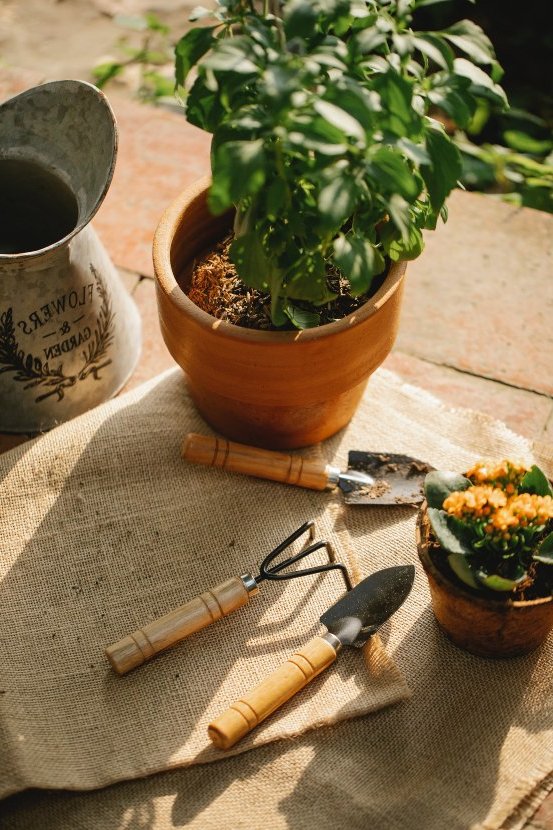
In order to successfully develop your urban vegetable garden with pots, you must also think about irrigation. Observation and knowledge of the water needs of your plants will be your best allies in establishing watering routines. However, it is also important to choose the system you will use. Drip irrigation will save you effort, but the viability of its installation will depend on the particular characteristics of your garden.
The substrate for the first weeks of development, the subsequent fertilization as well as the possible treatments to prevent pests and diseases will complete the aspects that you should know to make your plantations a success.
